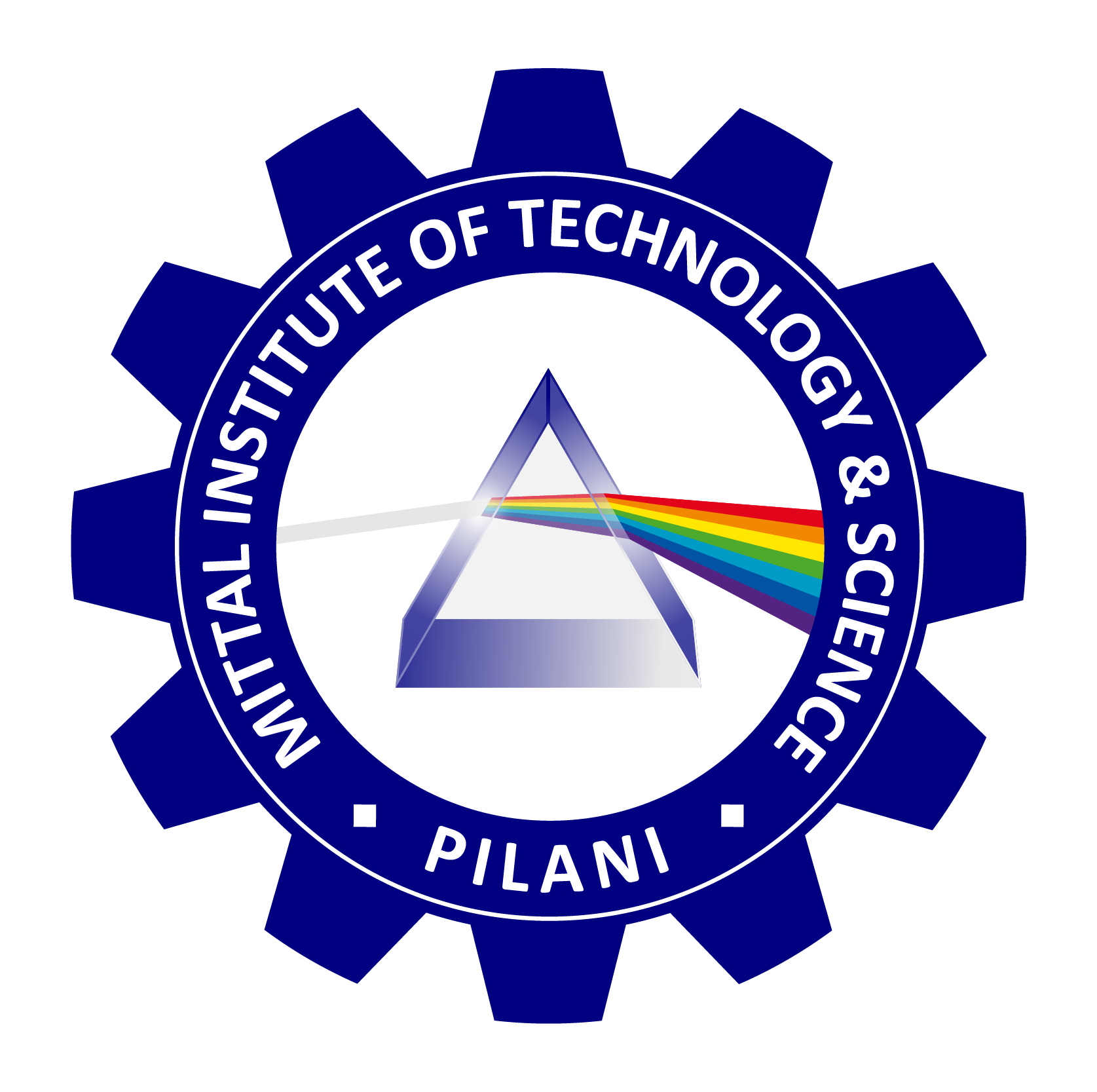
MITTAL INSTITUTE OF TECHNOLOGY & SCIENCE, PILANI
The James Webb Space Telescope: A New Window into the Cosmos
The James Webb Space Telescope (JWST), launched on December 25, 2021, represents a revolutionary step forward in humanity’s quest to explore the universe. As the most powerful space telescope ever built, JWST is the scientific successor to the Hubble Space Telescope, yet it differs dramatically in design, capability, and scientific objectives. Developed through a collaboration between NASA, the European Space Agency (ESA), and the Canadian Space Agency (CSA), JWST opens new frontiers in astronomy, cosmology, and the search for extraterrestrial life.
Design and Capabilities
JWST features a massive primary mirror 6.5 meters (21.3 feet) in diameter, more than two and a half times larger than Hubble’s. This mirror is composed of 18 hexagonal segments made of lightweight beryllium and coated with gold to optimize infrared reflection. Unlike Hubble, which observes in ultraviolet and visible light, JWST is designed primarily for infrared observation. This allows it to peer through cosmic dust clouds and detect light from the earliest galaxies formed after the Big Bang.
To keep its instruments cool and ensure accurate infrared detection, JWST is equipped with a sunshield the size of a tennis court. It orbits around the second Lagrange point (L2), about 1.5 million kilometers from Earth, where it can maintain a stable temperature and avoid interference from Earth and the Sun.
Scientific Objectives
JWST’s mission encompasses four primary scientific goals:
- First Light and Reionization: The telescope aims to observe the first stars and galaxies that formed in the early universe, helping scientists understand the period of reionization and the structure of the early cosmos.
- Assembly of Galaxies: JWST will study how galaxies form and evolve over billions of years, giving insight into the processes that shaped the modern universe.
- Birth of Stars and Protoplanetary Systems: By observing in infrared, JWST can peer into dense molecular clouds where stars and planets are born, offering a detailed look at the early stages of stellar and planetary formation.
- Planetary Systems and the Origins of Life: JWST will analyze the atmospheres of exoplanets for signs of habitability or life-supporting conditions. It can detect water vapor, carbon dioxide, methane, and other key molecules.
Major Discoveries So Far
Since becoming operational in mid-2022, JWST has already made several groundbreaking observations. It has captured stunning images of distant galaxies, star-forming regions like the Carina Nebula, and gravitational lensing effects that magnify ancient galaxies. Perhaps most excitingly, it has begun detecting atmospheric compositions of exoplanets, marking an important step in the search for life beyond Earth.
JWST also provides insights into the chemistry of the universe by identifying organic molecules in deep space and studying the evolution of galaxies across cosmic time. Its high resolution and sensitivity have exceeded expectations, offering astronomers a tool that will remain at the forefront of space research for decades.
The James Webb Space Telescope is a testament to human ingenuity, perseverance, and the enduring quest to understand our place in the universe. As it continues to transmit data and images from the farthest reaches of space, JWST is poised to answer some of the most profound questions in science—about the origins of the universe, the formation of stars and planets, and the potential for life elsewhere. It is not merely a telescope, but a cosmic time machine, opening a new era in astronomy and inspiring generations to come.

Professor Rakesh Mittal
Computer Science
Director
Mittal Institute of Technology & Science, Pilani, India and Clearwater, Florida, USA
